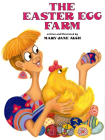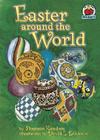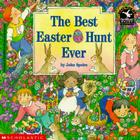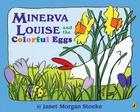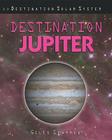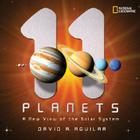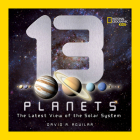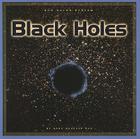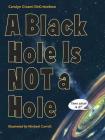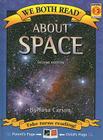Top Magazines for Kids: Part 1
I’m a big fan of magazines. Magazines are great at giving information and ideas in fun and entertaining ways. They have bold headings, outstanding pictures, funny stuff and you can just read what interests you. What’s not to like?
There are a ton of magazines for kids. To decide on which ones to suggest, I went to several resources for recommendations. This week I’ll tell you about 15 magazines and next week I’ll tell you about 15 more.
I give the suggested age group for each magazine. However, I wouldn’t stick too closely to the suggestions – if a magazine interests you, check it out. It might be just what you’d like.
American Girl is designed to celebrate the achievements and foster the creativity of girls, ages 8-12. It is filled with craft projects, games, girl-to-girl advice and more. The website features a variety of fun activities.
Appleseeds is geared to children ages 7-9. Each issue has a theme and covers the history and cultures of people and places both far away and near. Recent topics: the Vikings, the Civil War and Ghost Stories. The issues include articles, interviews, photographs and activities.
Ask features puzzles, riddles, cartoons, articles and more. It invites readers ages 6-9 to explore the world's greatest artists, inventors and other thinkers.
Babybug is designed for children 6 months to 2 years old. Ths boardbook magazine contains colorful pictures, short stories and rhymes to engage listeners and encourage children to try reading.
This is the official magazine of the Boy Scouts of America. It’s for boys from 7 to 14 and includes news, nature, sports, science, and comics. The website includes a section where you can download the plans for making various projects, such as stilts or a telegraph.
Geared toward elementary-age boys, Boys’ Quest includes stories, poems, crafts and other educational activities.
This magazine is designed to help readers between the ages of 9-15 understand how historical events intertwine. Each issue of Calliope is devoted to one theme in world history. The website lists current and upcoming themes and links to theme-related websites and others of interest to children.
Chickadee is filled with puzzles, games, pictures and activities of interest to children between the ages of 5 and 9. It features photos and stories emphasizing funny, unusual and true information about animals and people.
Chirp The See and Do, Laugh and Learn Magazine
Chirp is recommended for children ages 6-9. It features short stories, jokes, puzzles and other games. The website also features activities for young children.
Click is a magazine for ages 3-7 from the publishers of Cricket and Smithsonian Magazine. It includes articles, stories, cartoons, activities and more to help introduce young people to the world around them.
Cricket features children's stories, poems, articles, songs, crafts and jokes for children ages 8-12. Contributors are often internationally known authors and illustrators.
Dig is produced in cooperation with the Archaeological Institute of America. It brings the excitement of archaeology and other earth sciences to readers, ages 9-14. Each issue focuses on a theme and contains information and activities, colorful graphics and photos to promote a broad understanding of the featured topic.
Discovery Girls is created by girls for girls, ages 8-12. It includes articles on a variety of topics, from fashion to technology. Every other month, the magazine editors travel to a different part of the country to involve a new 12-girl panel in the creation of the magazine.
This is a magazine for parents with children ages 3-12. It’s an idea book for things families can do together. It offers creative activities, party plans, family travel, and learning projects.
Faces is geared for children ages 9-14. It provides historical information about places in the news, colorful photos, maps and activities to help young people increase their knowledge of world cultures.
These are some of the resources I used.
I hope these suggestions help you find some magazines you enjoy. Check back next week for some more. Also, your school and town librarians may have more ideas. Your perfect magazine is out there!
Gail

